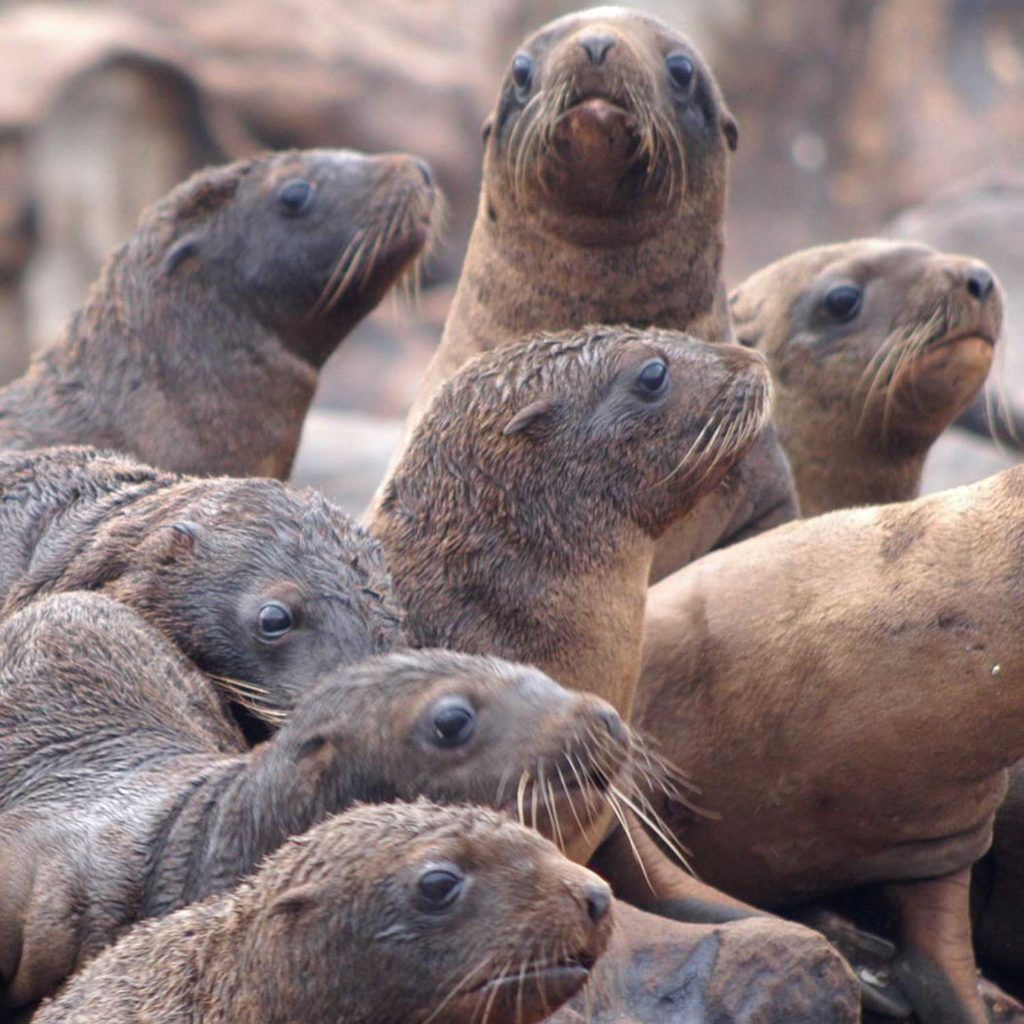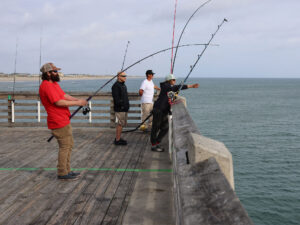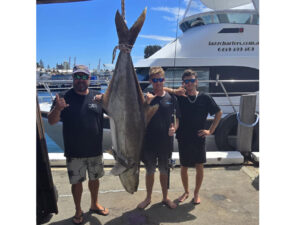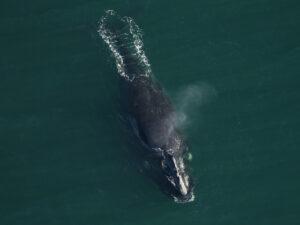
No good deed goes unpunished. In this case, the good deed put California sea lions under the protection of the federal Marine Mammal Protection Act in 1972. It worked wonders: The population of these jumbo pinnipeds skyrocketed to nearly 300,000 strong along our West Coast today. The punishment for that well-intentioned act is now being doled out to salmon and steelhead with take-no-prisoners ferocity, particularly in the mighty Columbia River and its tributaries, home to a great many wild, genetically unique runs of the iconic fish. There’s no denying that human activities have altered the habitat with great dams, such as the Bonneville, and in other ways, have created unnatural bottlenecks forcing salmon and steelhead to queue up at times in great numbers to enter the fish ladders they must ascend to continue upriver and spawn. What is an impediment for salmon has become an all-you-can-eat snack bar for hungry sea lions. Fishermen for years witnessing the slaughter term it the “Bonneville buffet.” So two changes wrought by human intervention now require a third intervention.
Changes already in force are the tremendous surge in sea lion populations and the creation of choke points where salmon and steelhead are easy pickin’s as they congregate to head up fish ladders.
Now it is time — far past time, many would argue — for that third intervention: euthanizing (i.e. killing) some sea lions.
The problem isn’t new but is rapidly growing worse. As one indicator of how serious it is, consider that scientists estimate one of every four endangered spring-run Columbia chinook salmon is eaten by a sea lion before it can reach its spawning grounds. Or the fact that biologists predict the almost-certain extinction of winter steelhead in the Willamette River (a Columbia tributary near Portland) if the sea lion problem isn’t dealt with quickly.
Read Next: Sea Lions: Shoot to Kill?
Hope for these and other wild salmon stocks may depend upon the U.S. Senate taking action, positively and quickly, to pass its version of U.S. House Resolution 2083 (the Endangered Salmon and Fisheries Predation Protection Act), which passed with broad bipartisan support in June. This legislation would allow up to 930 sea lions to be shot per year and streamline the process to allow agents to shoot them.
Some environmental groups of course have cried bloody murder. However, I hope senators bear in mind that this is up to 930 out of a population of 300,000. The groups also point out that laws do allow for (very limited) euthanization now. To that I would point out that current federal regulations for any pinniped to be put to death involve a nearly prohibitive process, with these requirements:
- An animal suspected of gorging on salmon must be captured.
- It then must be branded or tagged.
- The sea lion must be released and observed for five consecutive days to prove it’s eating salmon.
- It may (or may not) then be approved for extermination by federal officials.
- If approved, it must again be captured to be killed by lethal injection.
Hungry sea lions must love those federal regulations as much as salmon must curse them.
Unfortunately, legislation to deal with the growing sea lion problem won’t help anglers in California, where — as Jim Hendricks’ feature chronicles — sea lions increasingly steal hooked fish and even physically endanger some anglers.
But legislation can save endangered salmon runs (and perhaps help others avoid becoming endangered). Let us hope that our senators, voting on the senate version of HR 2083 (hopefully soon), will be influenced less by the emotional response from photos of these doe-eyed, ostensibly cuddly eating machines and more by the logic and reason that can put some brakes on the salmon smorgasbord.
Doug Olander is editor-in-chief of Sport Fishing magazine.








